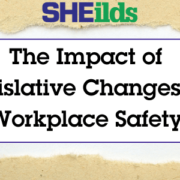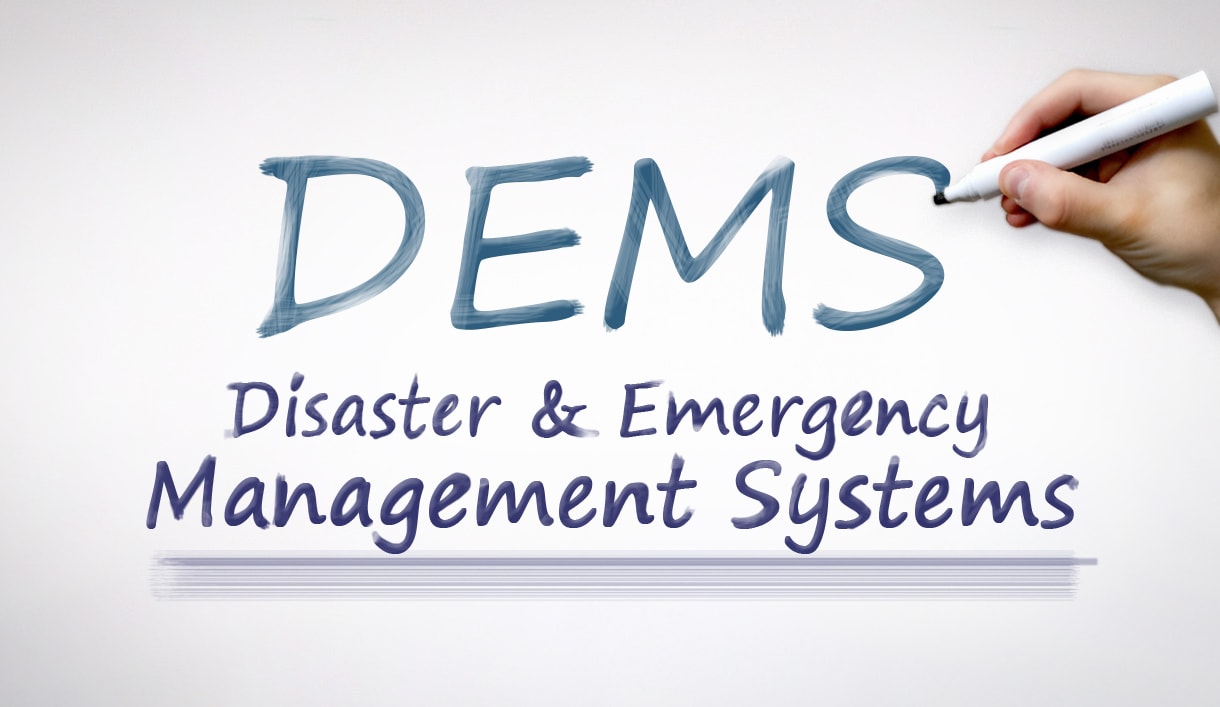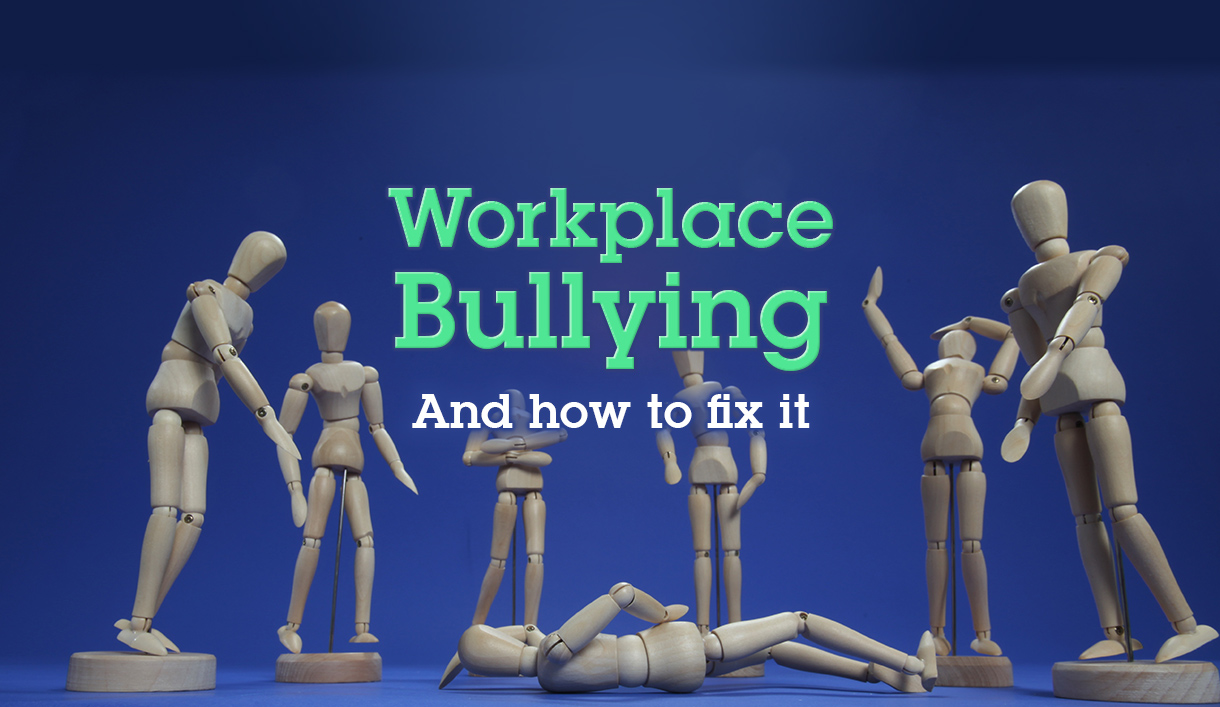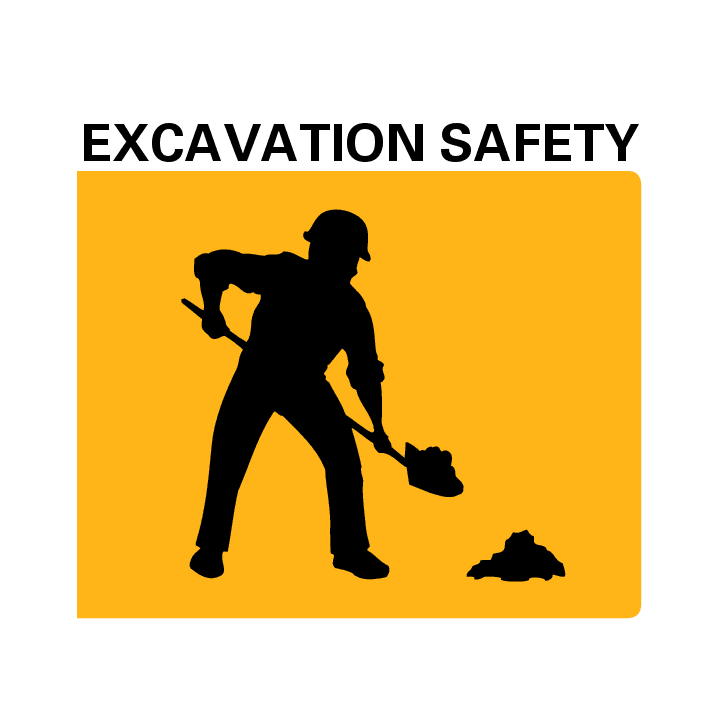How to respond to an emergency situation in the workplace
How to respond to an emergency situation in the workplace
Time is everything in an emergency situation. Whether the incident is the result of an accident, a health problem or a fire, reacting appropriately to the situation from the start could mean the difference between life and death.
It is therefore vital for every member of a workforce to understand how to respond to any emergency situation. This doesn’t mean that every single person needs to know first aid or how to clean up a chemical spill (although it will of course help if they do), but instead that they know who to call, and that those in charge of dealing with emergencies are able to respond quickly and effectively.
This means that emergency procedure plans should be put in place to help all personnel understand how to deal with any serious problem that arises. While specific individuals need to be trained to deal with specific emergencies, each person on your workforce will have a role to play, and each should be aware of how to respond, whether they need to evacuate people from the building or inform a nominated first aider and the emergency services about an accident.
Checklist
Each member of staff should know exactly who to call in the event of an emergency. The phone numbers of first-aiders, first responders and other trained personnel should be posted throughout the building, and all staff should understand who to call for each specific type of incident as well as when the emergency services must be notified. It is also important that the full address of your workplace along with directions to specific parts of the site are listed in the same locations, as when panic starts to take hold, simple information can easily slip a person’s mind.
Whether or not each member of your team is trained in first aid, everyone should be aware of the location of first aid kits, eye wash stations, alarms and defibrillators throughout the building. Not all staff members need to have had full training, but it is wise to give each member of your team the skills to use a range of equipment, from fire extinguishers through to safety showers.
It is important for all individuals to know correct evacuation procedures and assembly points. Buildings will need to be cleared quickly and efficiently in the case of a fire or a chemical spill, and all personnel will need to be able to remain calm. Panic can be even more detrimental to safety than a lack of knowledge, and regular drills and refresher courses will help ensure that such procedures become second nature rather than a terrifying prospect. Complacency can be another potential problem when danger rears its head: all staff should be aware of their nearest two emergency exits at all times as it may be that one of these is rendered inaccessible by a given incident.
Responding
In the event of any serious incident, it is vital to respond quickly and calmly. For staff members to be able to do this, they will need to be fully aware of the correct procedures well ahead of time to ensure they are not second guessing themselves, and are free to carry out their duties in a focussed and efficient manner.
When in doubt, staff members should contact those in charge of health and safety rather than risk making a costly mistake. However, with the right training and the right emergency response plan in place, every individual should find that their response is automatic – fast, effective and potentially life-saving.










Thanks for these tips! I’ll bookmark these in case an emergency situation arises. I am also looking up nearby medical centers to seek professional help when I needed one.